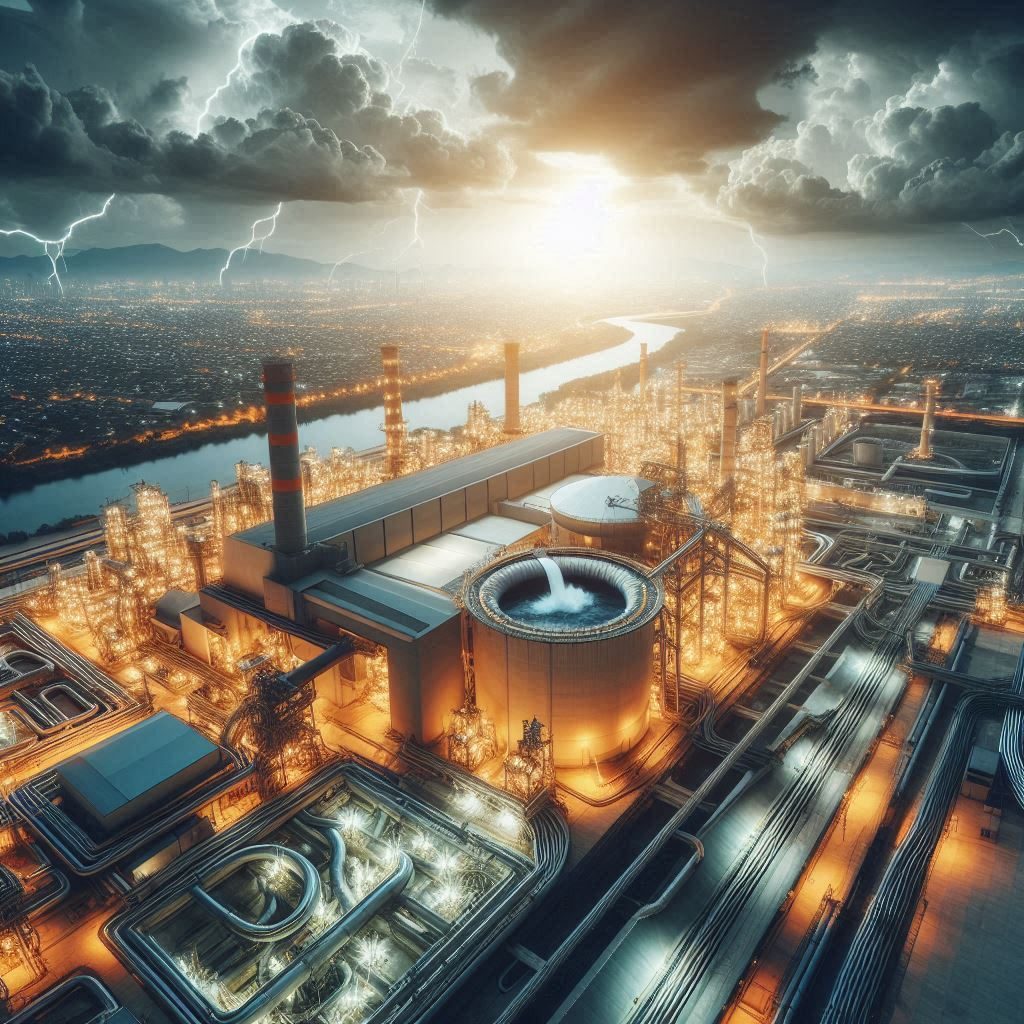Revitalizing Waterways with Building Rubble: The Ecoreef Revolution
In the quest for sustainable solutions to environmental challenges, an unexpected hero has emerged: building rubble. This seemingly mundane material, often discarded as waste, is proving to be a boon for the creation of manmade ecoreefs.
Building Blocks of Ecoreefs
Ecoreefs, artificial reef structures, are typically constructed using materials like concrete, metal, and even building rubble. The latter, often considered waste, is finding a new purpose in the formation of these underwater ecosystems.
Building rubble, with its irregular shapes and sizes, provides an ideal habitat for marine life. It offers crevices for small organisms to hide, surfaces for coral larvae to attach, and structures for fish to swim around.
Reviving Old Waterways
The introduction of ecoreefs in old waterways has shown promising results. The ecoreefs provide a habitat for marine life, promoting biodiversity. Over time, these ecoreefs become thriving ecosystems, bringing life back to once lifeless waterways.
Creating New Waterways
Ecoreefs are not just for reviving old waterways; they are also instrumental in creating new ones. By strategically placing ecoreefs in selected locations, we can guide the development of new marine habitats. This can help mitigate the impact of human activities on our oceans and provide sanctuaries for marine life.
Navigating Challenges
While the use of building rubble in ecoreefs presents a promising solution, it’s not without its challenges.
1. Material Safety: Not all building rubble is safe for marine life. Some materials may leach harmful substances into the water, negatively affecting the very ecosystems we aim to protect. Rigorous testing and selection of materials are crucial.
2. Structural Integrity: The ecoreefs must withstand the harsh conditions of the ocean. Ensuring the structural integrity of these artificial habitats over time is a significant engineering challenge.
3. Ecological Impact: Introducing artificial structures into natural environments always carries a risk. The long-term ecological impacts of ecoreefs need to be thoroughly studied and monitored.
4. Legal and Regulatory Hurdles: The creation of new waterways and alteration of existing ones can involve complex legal and regulatory processes. Navigating these interesting challenges can be time-consuming and costly.
Despite these challenges, the potential benefits of using building rubble for ecoreefs are immense. With careful planning, rigorous testing, and ongoing monitoring, we can turn these challenges into opportunities for innovation.
Join the Conversation
We invite you to join this exciting conversation about ecoreefs and their potential. Share your thoughts, ideas, and experiences. Together, we can contribute to the preservation and restoration of our precious waterways.
#EcoReefs #BuildingRubble #SustainableSolutions #WaterwayRevival #MarineLife #Biodiversity #HabitatCreation #OceanConservation #EcoInnovation #JoinTheConversation

















Leave a Reply